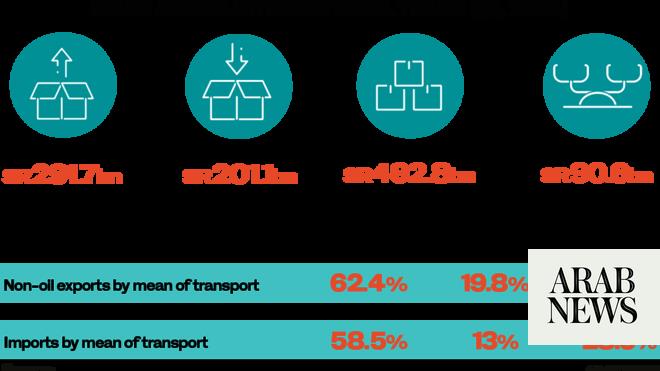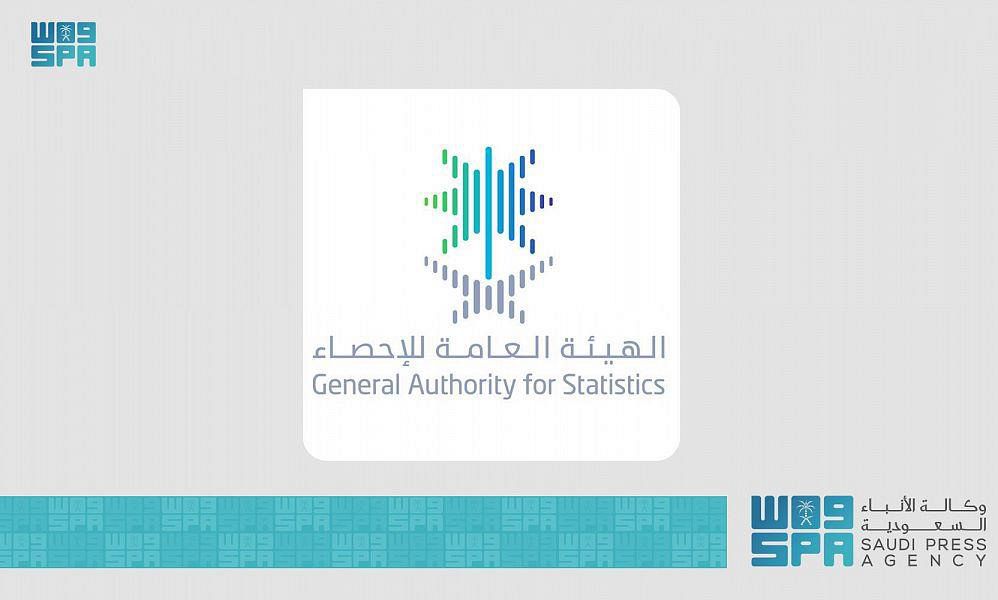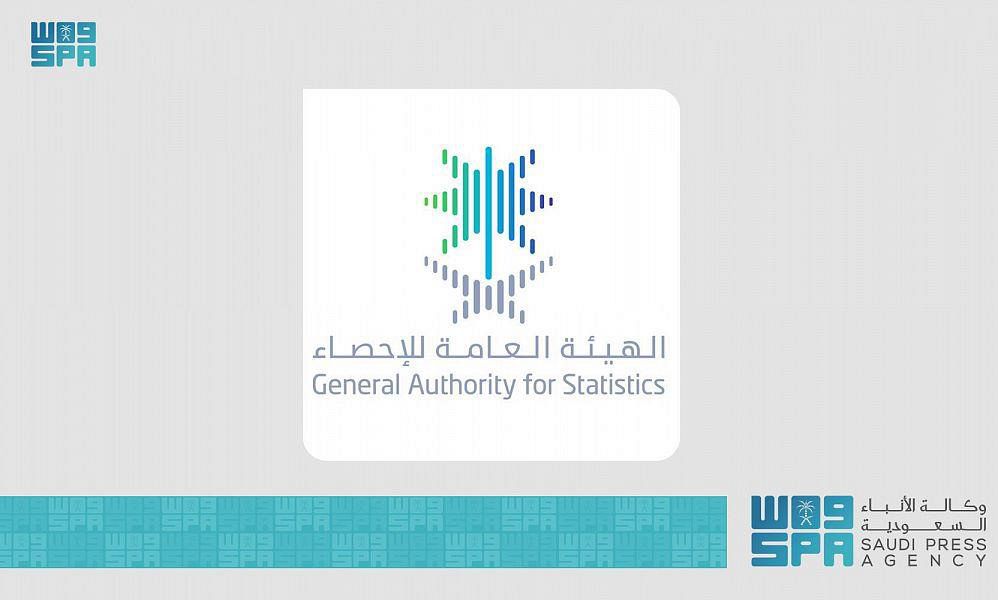
RIYADH: Saudi Arabia’s non-oil exports experienced a 12 percent surge in December 2023 compared to the corresponding month of the previous year, official data showed.
According to the General Authority for Statistics, the total value of non-oil exports in December reached SR26.5 billion ($7.07 billion), marking an increase from SR23.6 billion in the same period in the preceding year.
Strengthening the non-oil private sector is of utmost importance for Saudi Arabia as the country actively diversifies its economy away from oil, aligning with the objectives outlined in Vision 2030.
The report highlighted that chemical and allied products constituted the majority of exported non-oil goods in December, accounting for 32.4 percent of total non-oil merchandise exports.
Additionally, GASTAT pointed out that the ratio of non-oil exports to imports rose to 43.8 percent in December, compared to the same month in 2022. This increase was driven by a 12 percent rise in non-oil exports, contrasting with a 7.1 percent decline in imports during the same period.
Meanwhile, Saudi Arabia’s trade balance increased for the second consecutive month in December 2023, reaching SR39 billion.
The Kingdom posted a trade balance of SR28 billion in November, while it stood at SR30 billion and SR41 billion in October and September respectively.
The report also revealed that Saudi Arabia’s total trade balance for 2023 reached SR417 billion.
However, the Kingdom’s overall merchandise exports dipped by 9.47 percent year-on-year in December to SR98.5 billion, driven by a fall in oil exports.
According to GASTAT, oil exports fell by 15.8 percent in December 2023 compared to the same month of the previous year. This dip in oil exports was due to Saudi Arabia’s decision to reduce crude output in accordance with an agreement by the Organization of the Petroleum Exporting Countries and its allies, known as OPEC+.
To maintain market stability, the Kingdom, in April 2023, reduced oil output by 500,000 barrels per day, which is now extended until the end of December 2024.
Saudi Arabia also pledged an additional oil output cut of 1 million bpd in July, which continued until the end of December 2023.
China was Saudi Arabia’s primary merchandise trading partner in December, with exports to the Asian nation amounting to SR14.6 billion, or 14.8 percent of the total.
China was closely followed by Japan and India, with SR10.9 and SR8.7 billion of the total exports, respectively.
South Korea, the UAE, the US were also featured in the top 10 destinations for Saudi exports, along with Egypt, Malaysia, Bahrain, and Singapore.
On the import side, China held the lead, accounting for 21 percent or SR12.47 billion in imports in December 2023.
Jeddah Islamic Port ranked as the highest entry point for goods into Saudi Arabia in December, with a value of SR14.8 billion, constituting 24.6 percent of the overall imports.
In another report, which covered the overall statistics for the fourth quarter of 2023, GASTAT noted that Saudi Arabia’s merchandise exports decreased by 14.4 percent to SR297.9 billion compared to the same period in 2022.
GASTAT revealed that a dip in oil exports drove this fall, which also attributed to Saudi Arabia’s decision to reduce the crude output.












